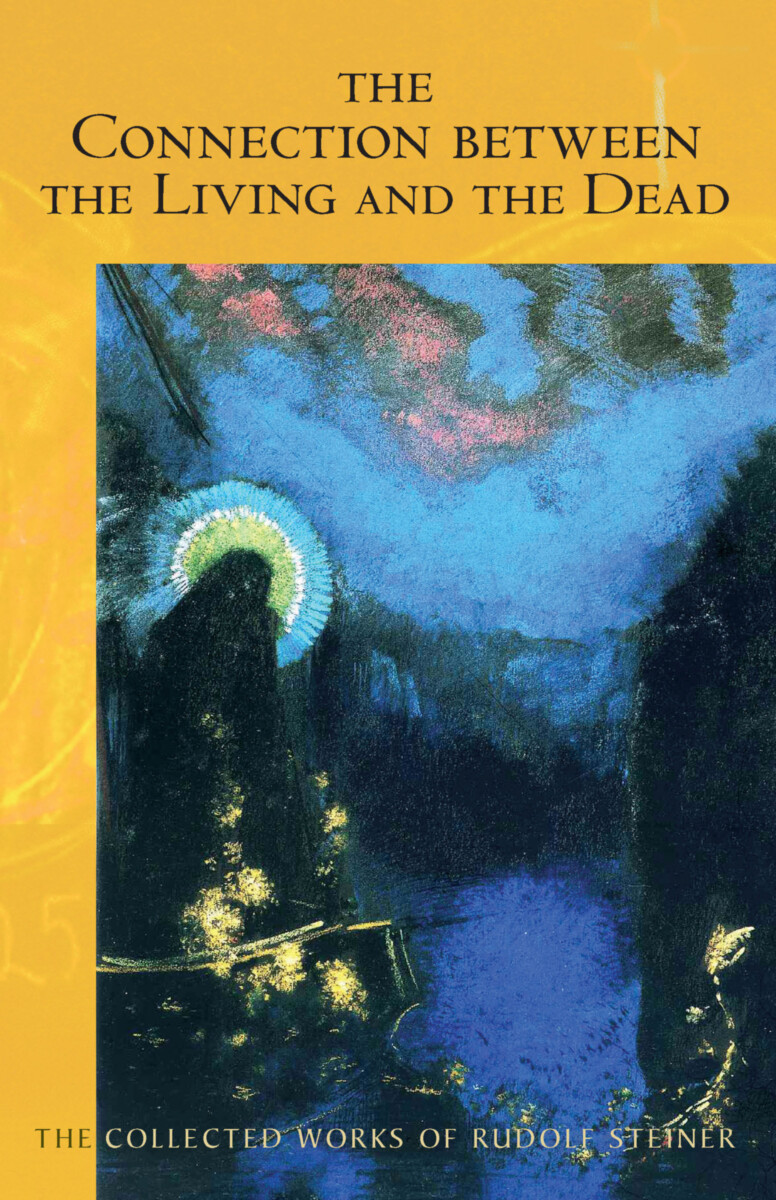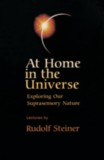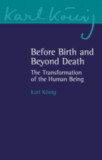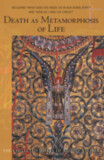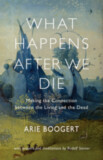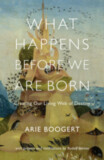The Connection between the Living and the Dead
(CW 168)
- Publisher
SteinerBooks - Published
15th May 2017 - ISBN 9781621480754
- Pages 258 pp.
- Size 6" x 9.25"
8 lectures in various cities, Feb. 16 – Dec. 3, 1916 (CW 168)
The year is 1916. Europe is entering the third year of the most devastatingly brutal war yet known. The high hopes and idealistic expectations for the newly dawned twentieth century have been very quickly met with the murderous visage of modern warfare. (The death toll would eventually reach 35 million souls.) Such is the context and ever-present background to these presentations, informing both their mood and content.
Rudolf Steiner gave these eight lectures to the members of the Anthroposophical Society in various European cities throughout 1916, and they are all heartfelt attempts to address—practically—some of the fundamental questions living strongly in his listeners, who must be always be considered, to some degree, as co-creators of the content:
Given the fundamental reality of reincarnation, how do the so-called dead remain connected to us? What meaning do these countless sacrificial deaths have? What are the immediate experiences of those who have died?
These are a few of the burning questions addressed. The answers given are anything but theoretical. But there is something else here as well. It could be summed up by the title of the lecture that forms the heart of this collection, given in Zürich on October 10, 1916: “How Can Today’s Poverty of Soul be Overcome?” The “today” referred to is not only the “today” of the early twentieth century, it is the epoch in which we are living now; and the overcoming of this “poverty of soul,” the wholeheartedly human advice for doing so, only becomes more valid, more urgent, by the hour.
∞ ∞ ∞
This volume is a translation from German of « Die Verbindung zwischen Lebenden und Toten » (GA 168).
C O N T E N T S:
Introduction by Christopher Bamford
1. Life between Death and Rebirth
2. The Elements of Our Being between Death and Rebirth
3. The Death Event and the Time after Death
4. How Can Today’s Poverty of Soul be Overcome?
5. Karmic Effects
6. The Great Delusion of Contemporary Culture
7. The Connection between the Living and the Dead
8. The Relationship of Human Beings to the Spiritual World
Appendices:
Notebook Entries for the Lecture of February 18, 1916
Admission Ticket for the Lecture of December 3, 1916
Index
Rudolf Steiner
Rudolf Steiner (b. Rudolf Joseph Lorenz Steiner, 1861–1925) was born in the small village of Kraljevec, Austro-Hungarian Empire (now in Croatia), where he grew up. As a young man, he lived in Weimar and Berlin, where he became a well-published scientific, literary, and philosophical scholar, known especially for his work with Goethe’s scientific writings. Steiner termed his spiritual philosophy anthroposophy, meaning “wisdom of the human being.” As an exceptionally developed seer, he based his work on direct knowledge and perception of spiritual dimensions. He initiated a modern, universal “spiritual science” that is accessible to anyone willing to exercise clear and unbiased thinking. From his spiritual investigations, Steiner provided suggestions for the renewal of numerous activities, including education (general and for special needs), agriculture, medicine, economics, architecture, science, philosophy, Christianity, and the arts. There are currently thousands of schools, clinics, farms, and initiatives in other fields that involve practical work based on the principles Steiner developed. His many published works feature his research into the spiritual nature of human beings, the evolution of the world and humanity, and methods for personal development. He wrote some thirty books and delivered more than six thousand lectures throughout much of Europe. In 1924, Steiner founded the General Anthroposophical Society, which today has branches around the world.


